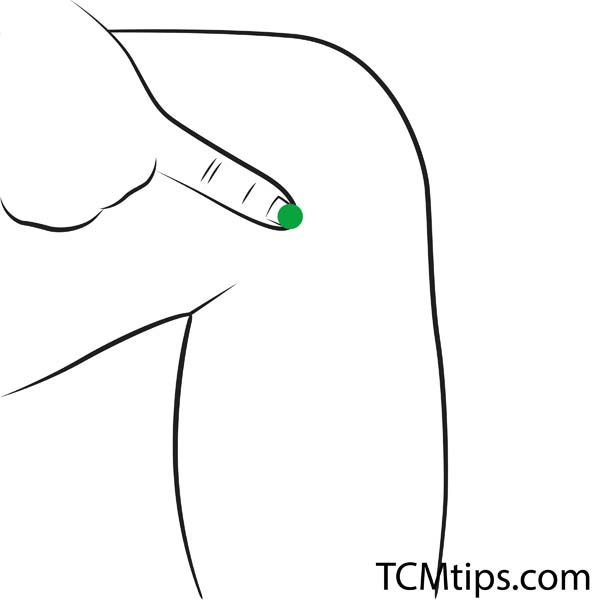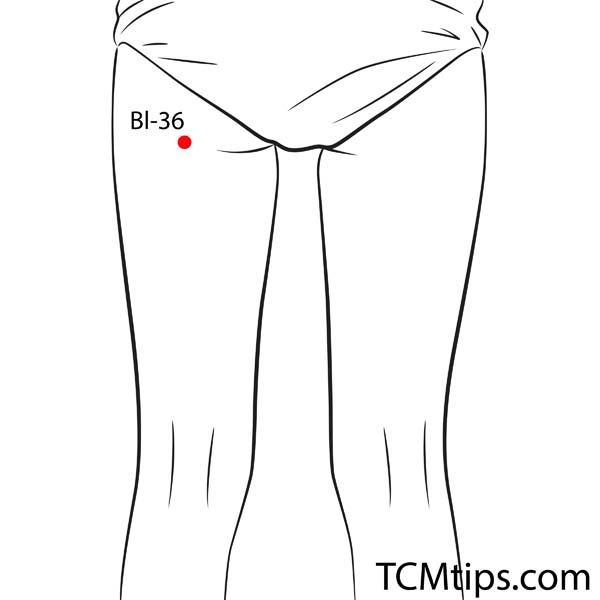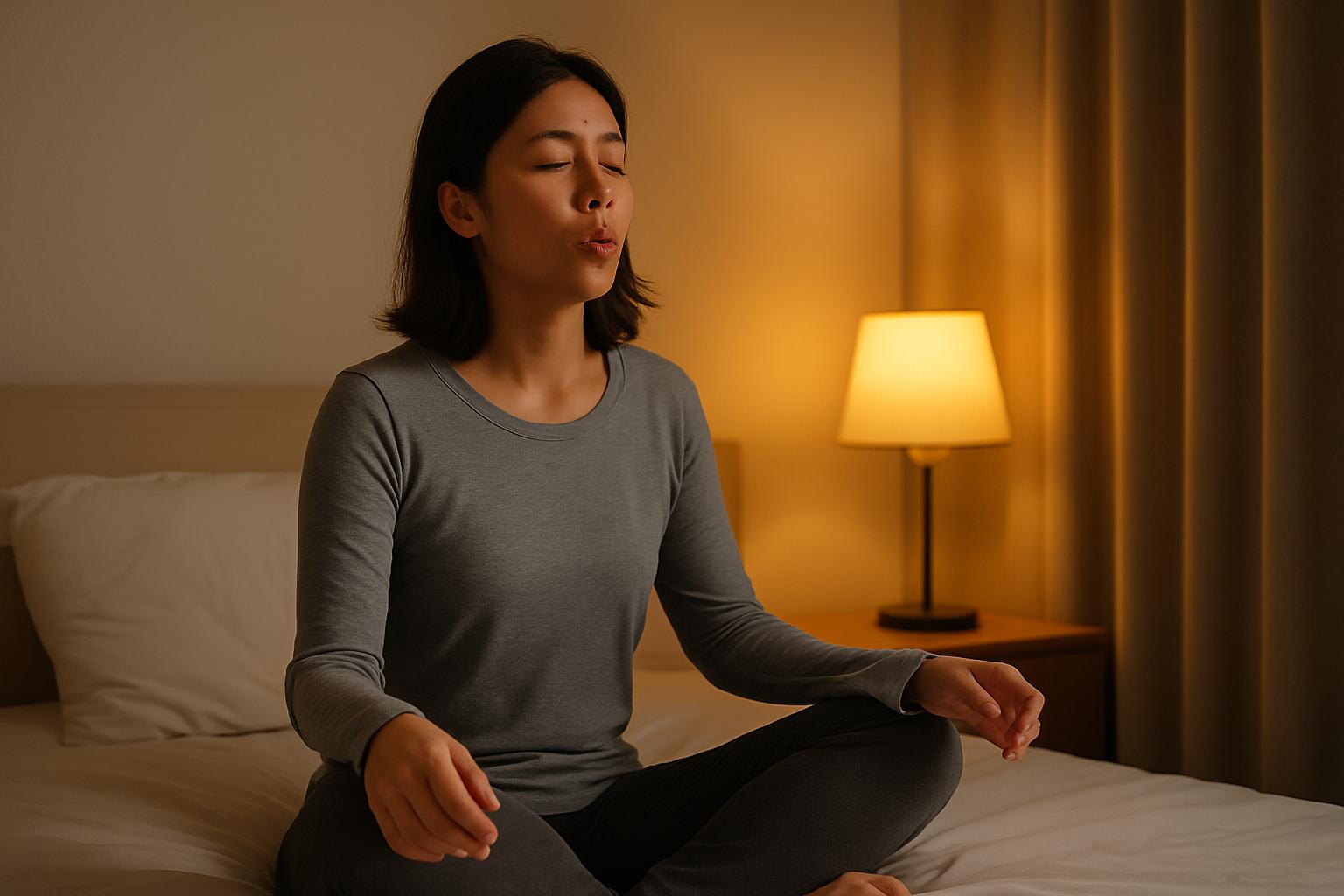If there’s ever magic in health and wellness, that magic is acupressure points. Pressure points are areas on the skin of the human body that, when pressure is applied on, relieve you of pain, improve blood flow, and boost general health. While these points are scattered across the human body, it’s easier to use them when they are in areas where you can reach them by yourself. That is why I bring you the pressure points in the thigh.
To be clear, the pressure points on the thigh do not cure all illnesses or bring relief to all medical conditions. No, they are only effective for the medical conditions they’re meant for, and it will interest you to know that some of these conditions are common everyday health issues. Some of them include menstrual problems, muscle pain, and knee pain.
So, in this article, I’ll share with you five acupressure points in the thigh that you can use as alternative medical treatment to certain medical conditions.
Is There A Pressure Point In Your Thigh?

There is not just a pressure point in your thighs but over five pressure points in the thigh. The entire body of humans has over a hundred pressure points, and the thighs have a good number of these pressure points helping to bring relief to various medical conditions. The acupressure chart of the human body below gives a better picture of the number of pressure points in the thigh.
However, in this article, I’ll be discussing five of these pressure points in the thigh that you should use from time to time.
Here they are:
Acupoint: SP-10 (Other Names: Spleen-10/Xue Hai/Sea of Blood)

The first pressure point in the thigh that you should take note of is SP-10. In Chinese, it is referred to as Xuehai, which means Sea of Blood. SP-10 is located on the inside of the knee, three finger-width above the knee plate, beside the femur.
In Traditional Chinese Medicine (TCM), Xuehai is responsible for the movement and cooling of the blood. It s also responsible for eliminating fat and waste products from the body. Mostly, it’s the acupoint to reach out to for menstrual problems and anemia.
Recent research that compared the clinical efficacy of acupuncture artificial menstrual cycle method and medication artificial menstrual cycle method for abnormal uterine bleeding-ovulatory (AUB-O) dysfunction (spleen deficiency syndrome) found acupuncture on a number of acupoints including SP-10 to be more effective in regulating menstrual circle and improving ovulation.
In addition to menstrual problems, SP-10 is used clinically to treat knee pain as a result of knee osteoarthritis. It is also one of the acupressure points for ovary cysts. You only have to stimulate this acupoint well to unpack its benefits. To do this, use your thumb to apply firm pressure on the acupoint for 30 minutes. It’s best if you apply warm air on the area with a hairdryer before you stimulate it.
Acupoint: GB-33 (Other Names: Gallbladder-33/Xi Yang Guan/Knee Yang Gate)

The next pressure point in the thigh to take note of is GB-33. This acupoint is called Xiyangguan in Chinese, which means Knee Yang Gate. While SP-10 is located inside the thigh, GB-33 is located outside the thigh. You’ll find it in the depression below the head of the fibula, at the height below the knee plate.
In TCM, GB-33 is a dispeller of wind and an activator of the gall bladder meridian. Its location also makes it suitable for treating runners’ knees – a situation characterized by inflammation of the knee as a result of the repeated rubbing of the ligaments against the bone on the outside of the knee from excessive use of the knee.
GB-33 is also effective in bringing relief to cold feet, back pain, and knee pain. A 2018 research found that acupuncture applied on eight pressure points, including GB-33, is effective in improving the symptoms of knee osteoarthritis (KOA) when combined with intra-articular injection of sodium hyaluronate. Also, when combined with GB 32 acupuncture point, you can fix grey hair issues with this acupoint.
All you have to do to activate this outer thigh pressure point is to apply firm pressure on the point for as long as you begin to feel a pleasant pain in the area.
Acupoint: Bl-36 (Other Names: Urinary Bladder-36/Cheng Fu/Hold and Support)

Another pressure point in the thigh worthy of note is Bl-36. It is called Chengfu in Chinese, which means Receiving Support. Its location makes it easy to see why it’s called “receiving support.” Bl-36 is located in the middle of the back of the thigh, at the boundary between the buttocks and the thigh.
One major use of this pressure point at the back of the thigh is to treat sciatica. Sciatica is a pain in the sciatic nerve – a verve around the buttocks – as a result of injury or irritation. The reason for this is that Bl-36 happens to overlap with the sciatic nerve. A 2015 research that reviewed 11 controlled trials confirmed that acupuncture therapy can prove more effective than drugs for relieving leg pain and other symptoms of sciatica.
This pressure point in the buttocks is also effective in relieving muscle tightness at your buttocks, as well as pain in your lumbar region. All you have to do is to grab your butt while placing your middle finger at the pressure point, then apply firm pressure on it for an interval of 5 seconds 5 times.
Acupoint: Liv-10 (Other Names: Liver-10/Zu Wu Li/Foot Governor of Tears)

The next pressure point on the thigh you want to stimulate from time to time is Liv-10. It is called Zuwuli in Chinese, and it is located on the inside of the thigh. It is about four finger-width from the position of the start of the pubic region towards the knee.
In TCM, this liver meridian acupoint is responsible for resolving damp heat. Also, its location makes it ideal for treating swellings and pain in the testicles, as well as abdominal distention and dysuria.
All you have to do to unlock the benefits of this acupoint is to locate the acupoint, then use your thumb to apply direct pressure on it 10 times with an interval of 5 seconds.
Acupoint: SP-11 (Other Names: Spleen-11/Ji Men/Separation Gate)

This list wouldn’t be complete without mentioning SP-11. This Spleen meridian acupoint is called Jimen in Chinese, which means Winnowing Gate. It is located in the center of the inside of the tight, seven finger-width above the knee. Because you don’t have seven fingers in a hand, the best way to locate it is to place four fingers above the knee (excluding the thumb), then add three more fingers from the other hand.
Cellulite appears a lot on the thigh, and it could be hot or cold, which implies that the circulation of blood there is stagnant or that waste products have accumulated there. When this occurs, SP-11 is the acupoint you need to reduce the swelling. You can as well use SP-11 to burn fat and reduce cold.
All you need to do is locate the acupoint, fix your thumb on the point, and apply deep pressure on it 10 times in intervals of 5 seconds.

Try our Anti-Aging Gua Sha Tool designed to bring out your skin’s natural glow.
Best Gua Sha Product- Anti-Aging: The tool is designed to target 11 specific aging signs such as wrinkles and sagging skin. By following the 7-step routine, users can improve skin firmness and reduce fine lines naturally.
- Enhances Skincare Routine: It works effectively with serums and lotions, boosting absorption and efficacy of skincare products.
- Visible Skin Improvement: Users can expect a smoother complexion, reduced puffiness, and a more youthful appearance.
 P. Sze
P. Sze 

















